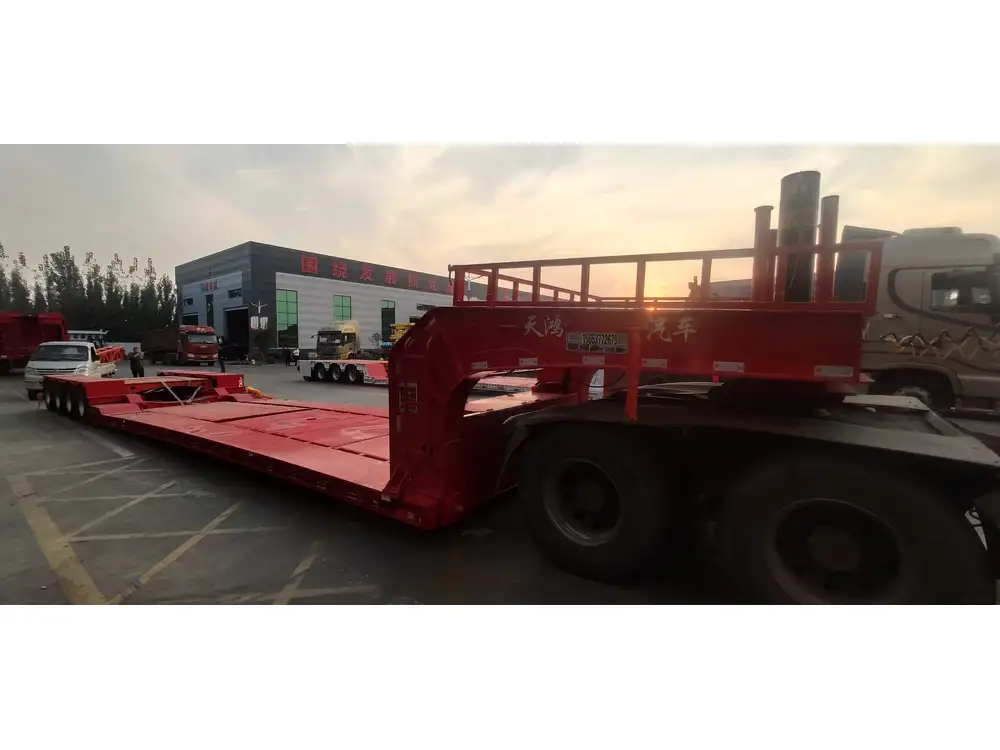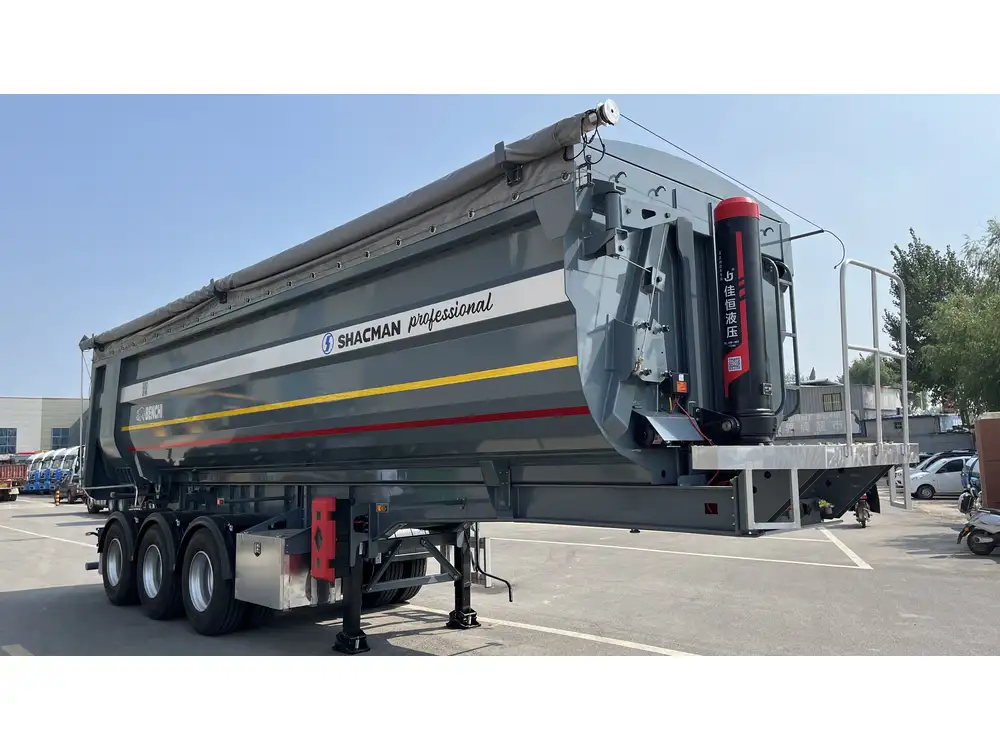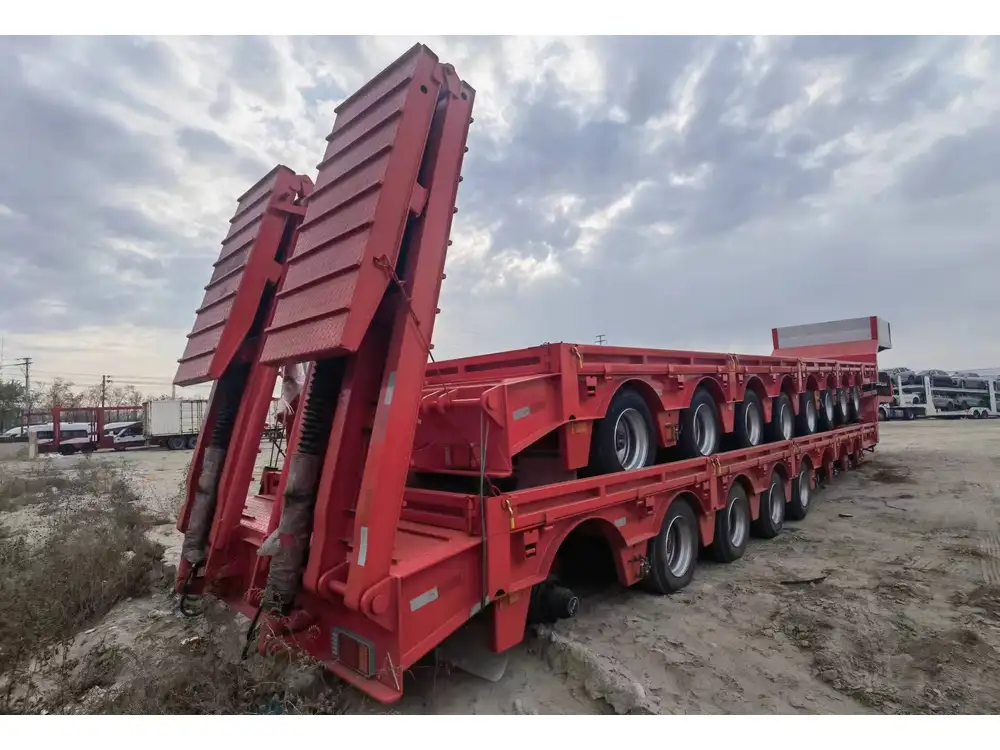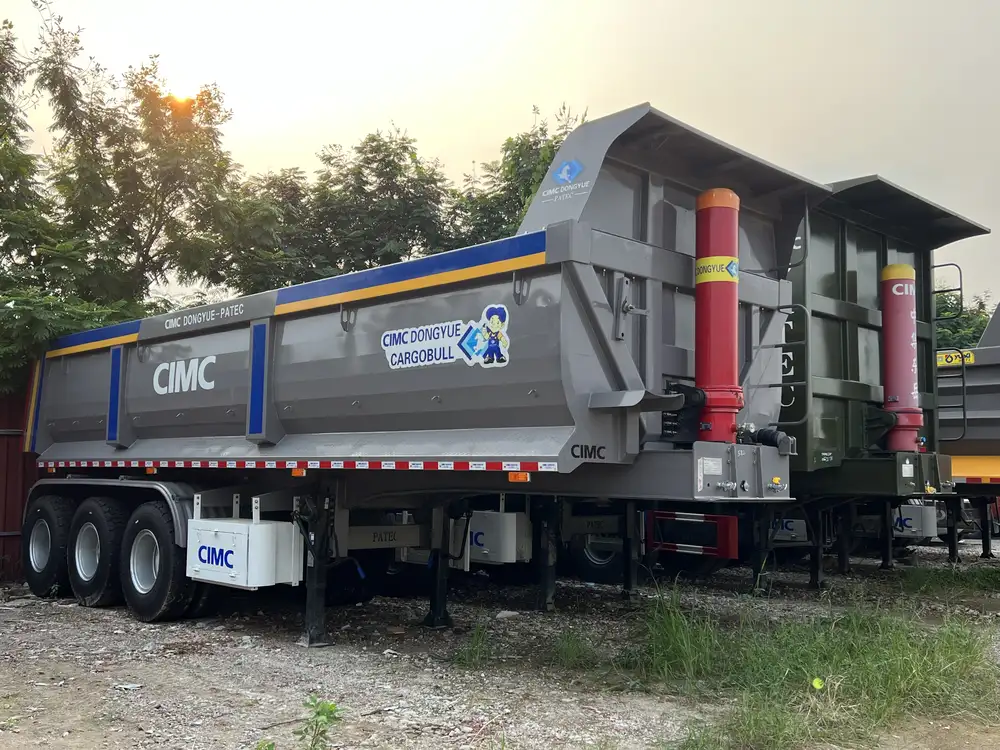In the intricate world of the trucking industry, understanding the sizes and specifications of fuel tanks on semi trucks is paramount. The fuel tank capacity directly influences operational efficiency, range, and cost-effectiveness for fleet operators. In this article, we delve deep into the dimensions, types, and considerations involved in the fuel tank design of semi-trucks, addressing common questions and providing insights to help optimize your transportation needs.
Understanding Fuel Tank Capacities
Standard Sizes of Semi Truck Fuel Tanks
Fuel tank sizes can vary significantly based on several factors including the truck model, purpose, and manufacturer. Here, we provide a detailed comparison of standard tank sizes typically found on semi trucks:
| Truck Model | Fuel Tank Capacity (gallons) | Typical Mileage (MPG) | Range (Miles) |
|---|---|---|---|
| Freightliner Cascadia | 100-150 | 6-8 | 600-1,200 |
| Peterbilt 579 | 100-150 | 6-8 | 600-1,200 |
| Kenworth T680 | 100-200 | 6-7 | 600-1,400 |
| Volvo VNL | 100-150 | 6-8 | 600-1,200 |
| Mack Anthem | 100-150 | 6-8 | 600-1,200 |

Fuel Tank Sizes by Configuration
Fuel tanks are often configured in twin setups, allowing for a larger overall capacity. Below is an analysis of semi-trucks’ dual fuel tank configurations:
- Dual Tanks: Commonly feature sizes of 50-75 gallons each, totaling 100-150 gallons.
- Single Tank: Typically maxes out around 100-150 gallons, depending on chassis layout.
The choice between single or dual tanks affects weight distribution, handling, and load capacity.
Factors Affecting Semi Truck Fuel Tank Size
1. Truck Purpose
Understanding the intended use of a truck can help determine the ideal fuel tank size. Long-haul trucks often require larger fuel capacities to minimize downtime during refueling while local delivery trucks may prioritize lighter weights.

2. Engine Efficiency
The fuel efficiency of the engine plays a key role. Trucks with engines that achieve higher miles per gallon may not require as large a tank, allowing for weight savings.
3. Routing and Distance
If a trucking route involves long stretches with limited access to refueling stations, opting for larger fuel tanks can prevent potential delays. Local routes with more frequent stops do not necessitate the same tank size.
Fuel Type Considerations
Semi trucks primarily use diesel fuel, but various situations may require specific considerations regarding fuel type:
- Diesel Exhaust Fluid (DEF): Some modern diesel engines utilize DEF, which affects onboard tank configurations.
- Biodiesel Blends: If operating in areas where biodiesel is prevalent, ensure your fuel tank aligns with any compatibility standards.

Environmental Considerations
With an increasing emphasis on sustainability, it is essential to consider fuel options carefully. Choosing fuels that meet environmentally friendly standards can influence operational strategies.
Regulatory and Compliance Factors
Compliance with government regulations is crucial in determining fuel tank sizes:
- DOT Regulations: Limits on maximum allowable tank size108 tanks electric vehicles or propane-powered trucks.
- State Regulations: Certain states may have specific restrictions or requirements for fuel storage onboard commercial vehicles.
Safety Regulations
Soaring safety standards dictate precise fuel tank management. It is vital to maintain tanks in pristine condition to avoid risks of leaks or spills, adhering to safety regulations set forth by relevant governing bodies.

The Impact on Freight Costs
The size and efficiency of fuel tanks directly impact freight costs. A comprehensive analysis includes:
- Fuel Price Volatility: Understanding how fluctuations in diesel prices affect profitability over the haul.
- Fuel Economy: A truck’s MPG ratio significantly affects total cost assessments, with larger tanks frequently leading to lower per mile fuel costs.
Cost Comparison Table
| Tank Size (gallons) | Average Fuel Price ($/gallon) | Total Fill Cost | Range Advantage |
|---|---|---|---|
| 100 | $3.50 | $350 | 600-800 |
| 150 | $3.50 | $525 | 900-1,200 |
| 200 | $3.50 | $700 | 1,200-1,500 |
The ability to travel longer distances without frequent refueling translates to time and cost savings, making tank size a strategic consideration for fleet operators.
Innovative Tank Designs
Advancements in technology have led to the development of innovative fuel tank designs. Examples include:

1. Aluminum Fuel Tanks
- Lightweight, reducing overall vehicle weight.
- Resistance to rust and corrosion improves lifespan.
2. Composite Fuel Tanks
- Advanced lightweight materials for better efficiency.
- High damage resistance and environmental stability.
3. Def Tank Integration
- Modern trucks increasingly feature DEF tanks alongside their fuel tanks, optimizing onboard space without sacrificing fuel capacity.

Maintenance and Best Practices
Maintaining semi truck fuel tanks is essential for ensuring performance and safety. Here are some best practices:
- Regular Inspections: Periodically check for leaks, rot, and other potential threats.
- Cleaning: Occasional flushing and cleaning can prevent sediment buildup and associated risks.
- Preventive Monitoring: Use fuel monitoring systems to anticipate and respond to potential maintenance needs proactively.
Troubleshooting Common Fuel Tank Issues
| Issue | Signs | Solutions |
|---|---|---|
| Fuel Leaks | Visible stains, puddles | Inspect seals, replace faulty gaskets |
| Clogs/Sediment Buildup | Poor fuel delivery | Clean tank, replace filters |
| Corrosion | Rust on tank exterior | Apply rust inhibitor, consider replacement |
Each of these issues requires immediate attention to avoid more extensive damage and costly repairs.
The Future of Fuel Tank Technology
As the transportation industry continues to evolve, potential advancements in fuel tank technology offer exciting prospects:
- Smart Sensors: Real-time monitoring can signal when fuel is running low or when maintenance is required.
- Alternative Fuels: As hydrogen and electric vehicles gain popularity, tank designs may adapt to these new fuel sources to meet changing needs.

Conclusion
Understanding how big fuel tanks are on semi trucks involves more than just knowing their sizes. It encapsulates a vast array of considerations including truck purpose, engine efficiency, regulatory compliance, and emerging technologies. By taking these factors into account, fleet operators can enhance their operational efficiency and responsiveness in a competitive trucking landscape.
Whether you’re new to the industry or looking to optimize your fleet, comprehending the nuances of fuel tank sizes and designs is essential for driving success and ensuring a sustainable future in trucking.



